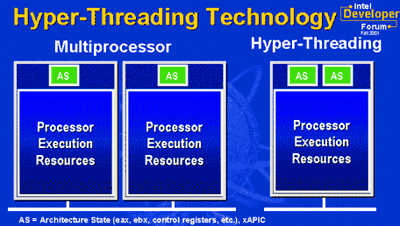
Do Not Risk Your PC with Cracks and Keygens!
Recently I have seen a new round of malware-laden cracks and keygens for Process Lasso Pro. You MUST understand that your security software is not absolute protection. It’s not even close. I believe the real-world, 0-day malware detection rate lingers somewhere around 40%. If security software protected you 100%, we’d not have a malware problem in the […]
Read more



